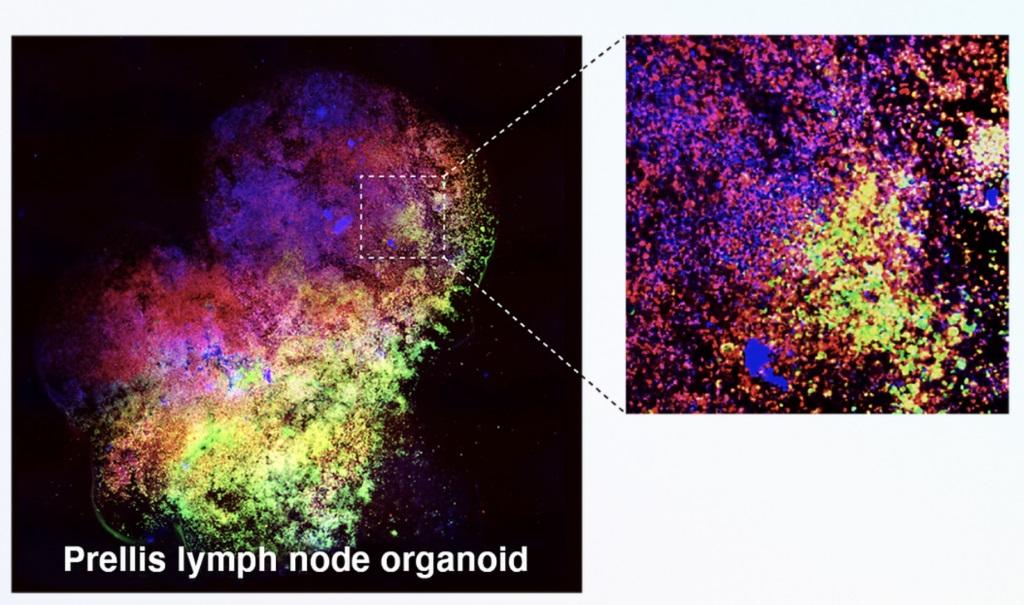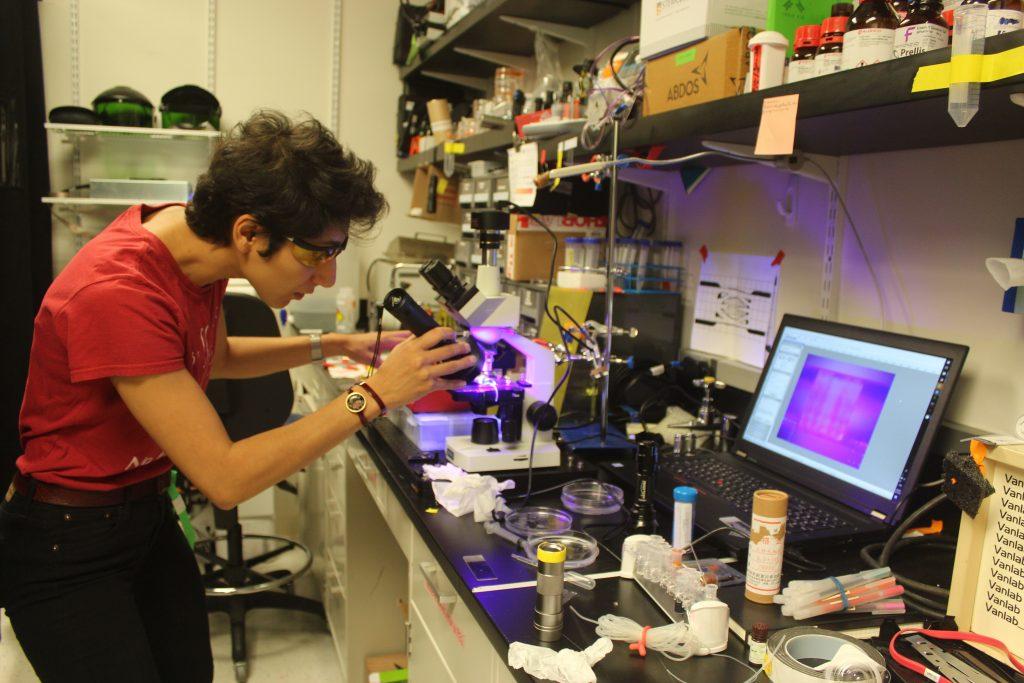China3D printingOn December 21st, the biotechnology company Prellis Biologics announced the closing of its $14.5 million Series B financing and the creation of a new antibody discovery platform.
The company’s platform is an effective immune system functioning in a petri dish, which can reconstruct the interaction and immune response between human cells, making it an ideal choice for disease treatment research and development. In order to support the continued development of these bioprinting organizations, the company has also received strong support from new investors, who are said to be “very excited” about its potential.
“The’EXIS’ platform provides unprecedented in vitro access to the functional human immune system,” said Dr. Melanie P. Matheu, CEO of Prellis Biologics. “We have established a platform to enable promising science to rapidly advance to new patient treatments. Thanks to the support of our investors and partners, we are excited to continue to expand the exciting potential of this technology.”

Prellis Biologics’ 3D bioprinted high-resolution images of the externalized immune system. Picture from Prellis Biologics.
Multiphoton holography
San Francisco-based Prellis Biologics specializes in the bioprinting of vascularized channels, which are the basis for the creation of functional human tissues. First, the company is able to achieve this goal thanks to its multiphoton holographic technology, which is similar to traditional reductive polymerization, in which a laser is used to cure materials injected into living cells at high speed and high resolution.
In the past, Prellis Biologics has been trying to accelerate drug development and commercialize its technology by integrating it into CELLINK’s Holograph-X bioprinter. At the time, it was said that the resulting system was able to deliver nutrients to the stents more efficiently and better support their growth in tissues, thereby “enabling customers to advance their research in the field of 3D bioprinting human organs.”
Prellis Biologics itself has also targeted bioprinted organoids before, and began to produce the human renal vascular system within 12 hours in 2018 as a means to overcome cell degradation that hinders existing research, and raised 870 a year later. Ten thousand dollars to further advance its experiment of transplanting bioprinted cells into living animal models.

Prellis Biologics engineers study 3D printed tissue under a microscope.Photo from Business Wire
“External Immune System”
Using its proprietary 3D bioprinting technology, Prellis Biologics now seems to have shifted its focus from trying to create vascular stents to designing more complex lymph node organoids, and after extensive research in this field, the company announced a Breakthrough its externalized immune system or “EXIS”.
It is said that EXIS of Prellis Biologics is considered to be the first of its kind, capable of achieving interactions such as B cell class switching and somatic hypermutation, which is the key to the development of antibodies. The platform can also break the natural failure protection of cells, which usually prevents the development of autoantibodies, so it can now accelerate the development of treatments for diseases such as cancer or autoimmune diseases.
Prellis Biologics stated that it has used EXIS to target antigens in various forms to produce human antibodies with high affinity, sequence diversity and potency in just 3 weeks. Therefore, the company believes that its platform has the potential to “significantly reduce the discovery and lead identification time of existing in vivo or in vitro drug screening and vaccine testing methods.”
In order to fund the continued development of its organoids, the company also received new investment, with a total investment of US$29.5 million, led by Celesta Capital and supported by Khosla Ventures. As part of the financing agreement, Celesta Capital’s Michael Marks and former Berkeley Lights COO Shaun Holt have agreed to join Prellis Biologics’ board of directors and use their expertise to guide its future development.
“Nowadays, the discovery of drug antibodies takes a long time. Due to the dependence on animals, the cost is high, and once they are tested in humans, antibodies rarely work as expected,” Max added. “We are ready to support the marketing of the EXIS platform because the initial transaction helped to prove its huge potential.”

HK inno.N collaborated with T&R Biofab last year to create synthetic human skin using its 3D bioprinting technology. Picture from T&R Biofab.
3DThe therapeutic potential of bioprinting
As the cell viability of 3D printed tissues continues to increase, their potential applications as a means to test the efficacy of new drugs, therapies and even vaccines are also increasing. For example, since last year, HK inno.N has been collaborating with T&R Biofab to develop 3D bioprinted tissue test models to evaluate new autoimmune and skin disease therapies.
Scientists at the Chinese Academy of Sciences and the University of Science and Technology of China have even managed to use bioprinting to develop a method to “cure” incurable spinal cord injuries. Using a new type of bio-ink, the Chinese team created a tissue loaded with neural stem cells in July 2021 that can transmit instructions through pulses from the brain, similar to those seen in living organisms.
Recently, CTIBIOTECH, an expert in regenerative medicine, used its 3D bioprinting technology to produce a unique colon cancer treatment platform. These organizations were developed together with Plovdiv Medical University and UMHAT-Eurohospital to produce reproducible human colon cancer disease models for chemotherapy screening applications.China3D printingNet compile article!
(Editor in charge: admin)


0 Comments for “PRELLIS BIOLOGICS uses 3D bioprinting technology to develop an in vitro immune test system”